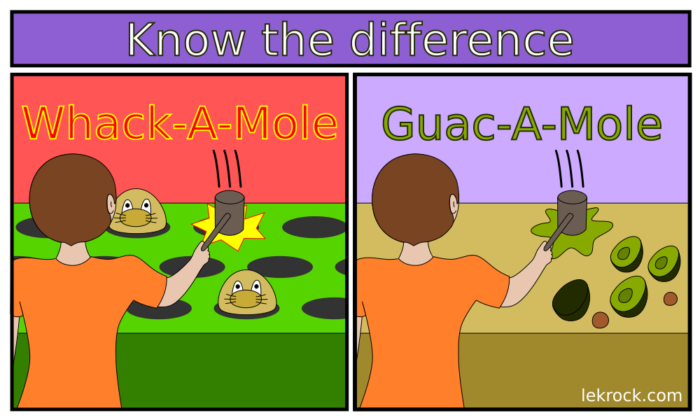Progressing on our projects can sometimes be hard, especially on bigger ones. Here are a few tricks I found to help me move forward.
The first thing to do, is to define the general idea of what we want as a final result. Depending on the size of the project, it can be as simple as a few sentences, to many pages for bigger projects. As example, we will take this very article, so my general idea would be that I want to tell readers about tricks to help them progress in their personal projects.
Once we have defined what we want to do, we need to define the tasks that need to be done. For example, if we take this actual article, the tasks would be something like:
- Define the general idea
- Write paragraphs
- Introduction
- Define the general idea
- Divide the work into small tasks
- Estimate the duration of tasks
- Do the work
- Conclusion
- Translate to french
- Reread and correction
- Upload to website
- Reread and correction
Again, depending on the size of the project, there can be very few or a lot of tasks. As a general rule though, each task should represent a single concept that can be accomplished fairly easily (even a complex task can be divided into multiple simple tasks). In some cases, a task could also be redivided into many other sub-tasks.
Now that we have a set of small tasks, it is quite easy to estimate how much time each task will require. Assigning a duration to each task facilitates the actual scheduling of the work in our already busy schedule. For example, if I take the task of translating my article in french, I would say that it would take about 30 minutes. This is an estimation, it just needs to be precise enough so that it can be realistic, I personally round by quarter hours, so a 5 minutes task is rounded to 15 minutes. It is preferable to over-estimate, so that most of the time, the tasks will take less time, which is a lot more motivating than exceeding.
At this point, we know exactly what we have to do, and how much time it takes to do it each parts. All that is left is to actually do the work, there is no magic trick here, we have to kick our butts. But if we have correctly done the previous steps, working is now a lot easier, because our planning gives us a clear path to follow. Continuing with my example, this is the part where I would be writing the article, obviously.
An important thing to note is that our project is very likely to change in some ways along its implementation. So the ideas, tasks and durations that we have defined will inevitably be affected. We have to keep in mind that everything we defined by following the previous steps is not a contract that we have to follow perfectly. If something changes, whatever it is, all we have to do is to adjust our plan, and we are good to go. Again with my article example, while writing it, I could feel that I would be more at ease expressing myself about the subject in french first, and then to translate it to english. All I have to do is to modify my planning to replace “Translate to french” by “Translate to english” and maybe adjust the duration to one hour instead of 30 minutes if I feel like I will need to do more research for appropriate translations. And then I’ll continue writing, but in french.
Progressing in our projects is all about laying a solid foundation, by defining what the project is actually about, to ease its execution, instead of just stumbling at each step trying to make unstructured progress.


